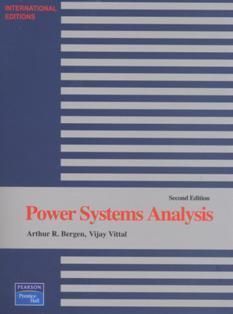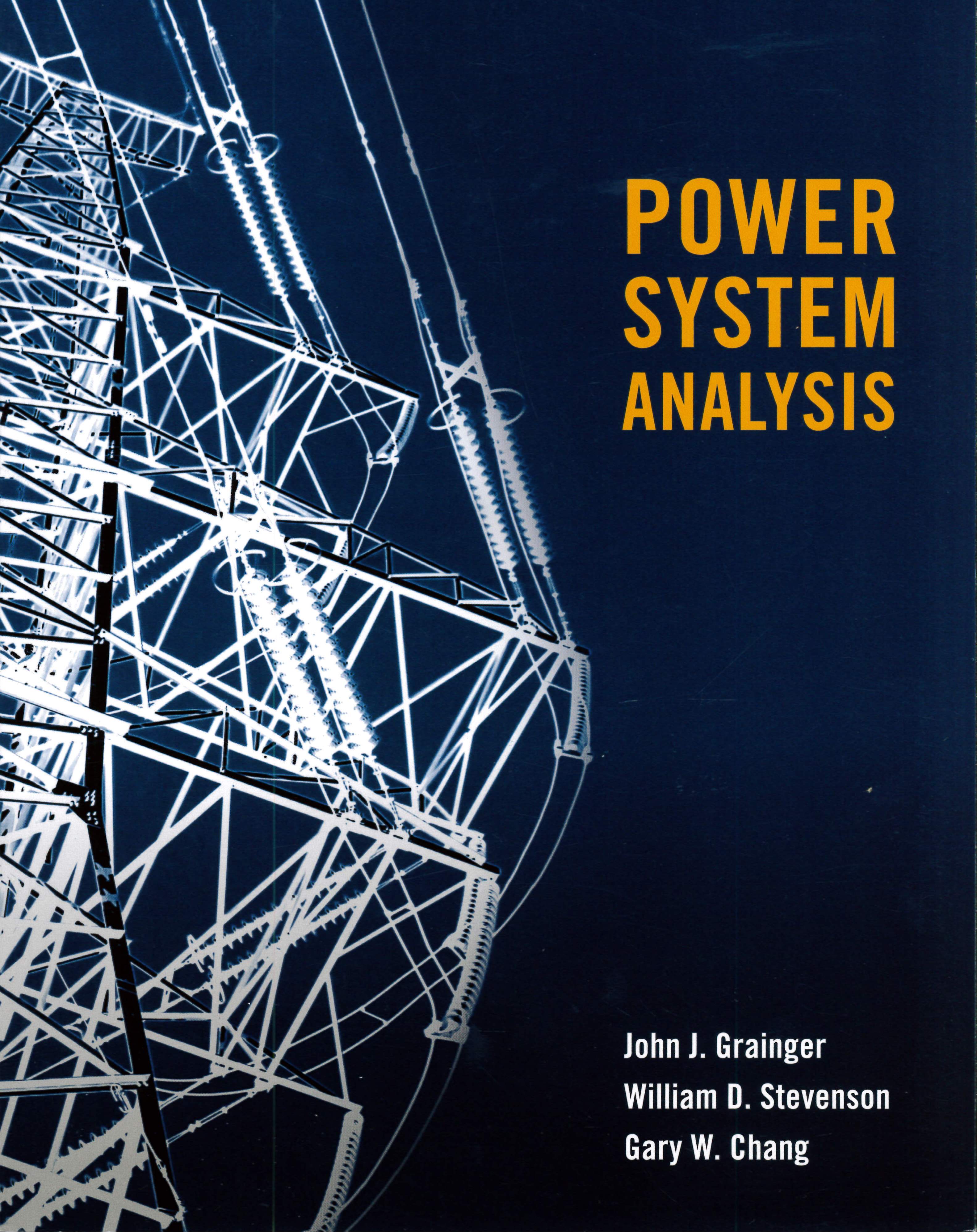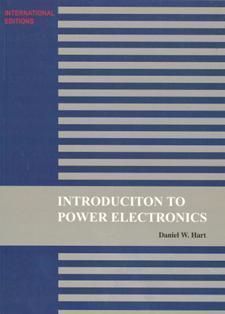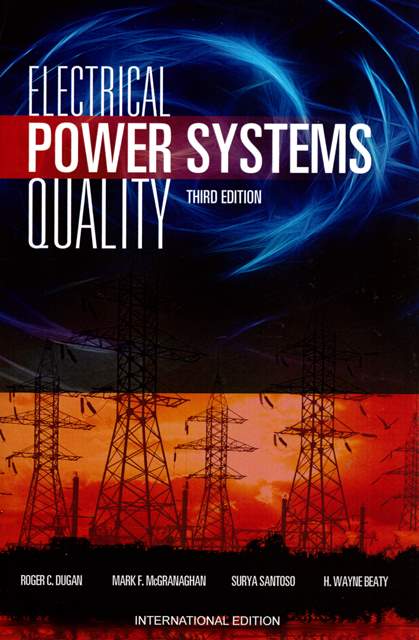書籍分類

Power Systems Analysis 2/e
作者:Arthur R. Bergen, Vijay Vittal
原價:NT$ 1,240
ISBN:9789861542942
版次:2
年份:2000
出版商:Pearson Education
頁數/規格:619頁/平裝單色
版次:2
年份:2000
出版商:Pearson Education
頁數/規格:619頁/平裝單色
內容介紹 本書特色 目錄
- Description
Keeping pace with the major changes in the structure and operation of the electric utility industry, this is the first text on power system analysis that explores the issues and shows how power system operation will be affected by the changes in the industry. It incorporates state-of-the-art, computer-based power system analysis and shows students how to apply each modern analysis tool in designing and improving an expansion of an existing power system.






